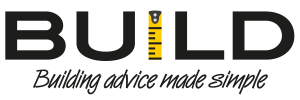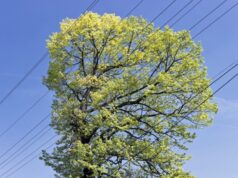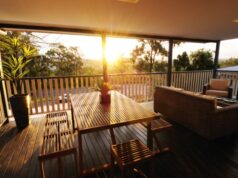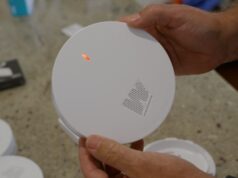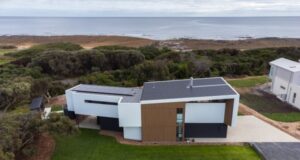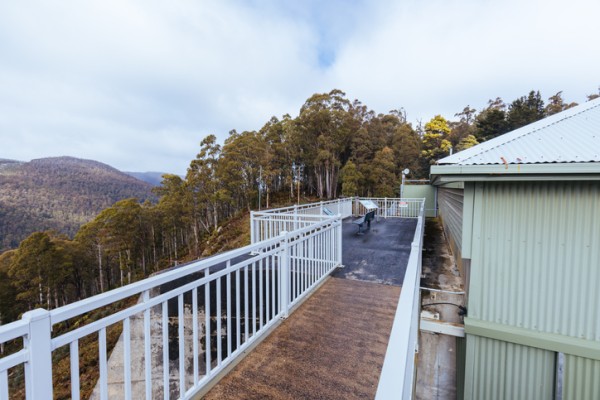
Living in a bushfire-prone area doesn’t mean you can’t enjoy outdoor living—but it does mean your deck or pergola must meet strict construction standards. These rules are in place to help minimise the risk of damage during a bushfire and improve the safety of your home.
Whether you’re building new or upgrading an existing structure, understanding the regulations that apply to decks and pergolas in bushfire zones is essential.
What is a Bushfire Attack Level (BAL)?
Before starting any construction, your property needs to be assessed for bushfire risk. This is done using a Bushfire Attack Level (BAL) rating. The BAL determines how much exposure your building has to potential bushfire hazards such as embers, radiant heat or direct flame.
There are six BAL categories:
- BAL–LOW – very low risk; no specific construction requirements
- BAL–12.5 – risk from ember attack
- BAL–19 – increasing ember attack and heat flux
- BAL–29 – high levels of ember attack and heat exposure
- BAL–40 – very high exposure to flame and heat
- BAL–FZ (Flame Zone) – extreme exposure; direct flame contact likely
Each level carries different requirements for how you build and what materials you can use.
Decking requirements in bushfire-prone areas
Decks are especially vulnerable to ember attack and radiant heat, so construction methods must meet the requirements set out in AS 3959 – Construction of buildings in bushfire-prone areas.
Depending on your BAL rating, this may include:
- Using non-combustible or bushfire-resistant materials for decking boards, joists and supports
- Minimising gaps between decking boards to prevent embers from lodging underneath
- Enclosing or screening the sub-floor space to stop embers from entering
- Ensuring any timber used is compliant with the relevant bushfire-resistant timber list
At BAL–29 and above, most traditional softwood and untreated timber decks are no longer suitable. Instead, materials such as steel-framed structures, concrete, fibre-cement sheeting or bushfire-compliant hardwoods may be required.
If you’re unsure what materials you can use, check out our overview of decking regulations for broader compliance requirements.
Building a pergola in a bushfire area
Like decks, pergolas can also be subject to bushfire regulations—especially if they’re attached to your home or located close to it. As open structures, pergolas may trap embers or ignite from radiant heat if they’re built from combustible materials.
In most cases:
- Pergolas must be built from non-combustible materials at BAL–29 and higher
- Open lattice or shade cloth may not be permitted unless the material is bushfire-rated
- Roof coverings need to be non-combustible, securely fixed and sealed to prevent ember entry
- At BAL–FZ, the entire structure—including fixings and roofing—must comply with the most stringent flame-zone construction rules
To understand what separates a pergola from a verandah in regulatory terms, explore our guide on pergola regulations.
Can you build freestanding structures in bushfire zones?
Yes, but it depends on the distance from your main dwelling and the BAL of your block.
For example, if a deck or pergola is freestanding and more than 6m from the house, some requirements may be relaxed—particularly in lower BAL zones. However, at higher levels such as BAL–40 or BAL–FZ, most structures still need to be fully compliant, even if they’re detached.
For more on structural planning and material choices, visit our article on deck and pergola footings and supports.
Key construction tips for bushfire-safe outdoor structures
- Always use compliant, bushfire-resistant materials
- Install metal mesh screens where needed to block embers
- Ensure all fixings and connections are non-combustible
- Keep decks clean and clear of leaves and debris
- Avoid using flammable furniture, rugs or decor on outdoor areas
Even small choices—like the direction your deck faces or whether the underside is enclosed—can influence how your home performs in a bushfire.
Final thoughts
If you’re building a deck or pergola in a bushfire-prone area, don’t assume that standard building practices will suffice. Every detail—from your decking boards to the type of screws you use—may be regulated by your BAL rating.
Start by confirming your property’s BAL assessment, then work with your local council or a bushfire planning professional to ensure your design meets AS 3959 and all local rules.
